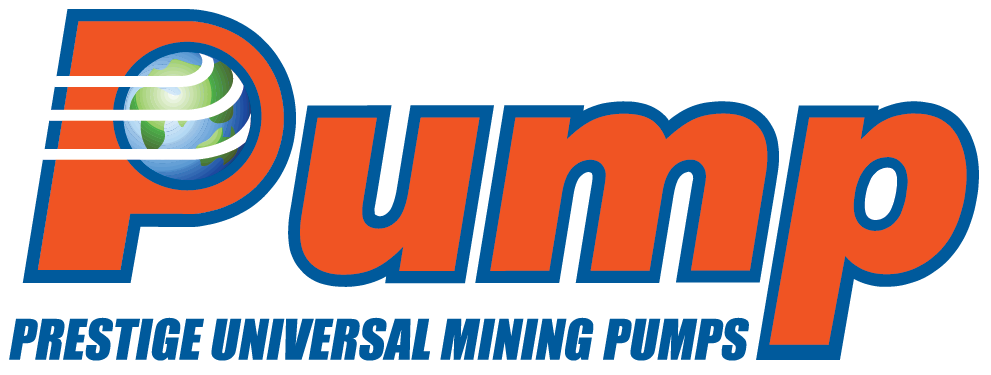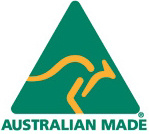In mining operations, tailings – the residual slurry left after extracting valuable minerals – present one of the industry’s greatest logistical and environmental challenges. These by-products, consisting of crushed rock, chemical residues and water, require careful handling to ensure efficient, safe and compliant disposal.
At the centre of this process is pump technology. Pumps are the driving force behind transporting tailings to backfill areas or storage facilities. Their performance, durability and efficiency directly impact the effectiveness of a tailings management strategy. In harsh mining conditions, selecting the right pumping solution is crucial for reducing environmental risk, improving operational efficiency and maintaining compliance with stringent regulations.
This article explores the critical role of pumps in tailings management, including design considerations, common challenges and how operators can optimise their systems for dependable performance over time.
What is Tailings Management?
Tailings are slurry-like mixture of finely ground rock particles, water and mineral processing reagent chemicals. Once the desired target minerals are extracted, these residuals must be safely disposed of or reused.
Tailings management refers to the collection, transport, deposition and storage of these materials in a manner that minimises impacts to the surrounding environment. Some common strategies for tailings management include:
- Conventional Tailings Storage Facilities (TSFs): Large surface impoundments where tailings settle over time.
- Thickened or Paste Tailings: Dewatered tailings with reduced water content, requiring smaller storage areas.
- Dry Stack Tailings: Mechanically filtered tailings stored without water.
- Backfilling: Reintroducing tailings into underground voids or stopes.
Effective tailings transport (often across long distances and elevations) is critical in each of these methods. Pumps play a key role in ensuring the continuous, controlled flow of tailings from the processing plant to the designated storage or backfill location.
Why Pumps Are Critical in Tailings Handling
Without suitable pumps, tailings would need to be mechanically hauled, which introduces increased costs, heightened safety risks and greater carbon emissions. Pumps offer a cleaner, safer and more scalable method of moving high-volume slurry material through pipelines.
To handle this task, mining pumps must be:
- Highly Resistant To Wear: Tailings are abrasive and often corrosive, making standard pump materials unsuitable.
- Capable of High Flow: Processing plants generate significant tailings volume, requiring pumps that can operate consistently at high capacity.
- Energy Efficient: Tailings pumping is a continuous operation. Poor efficiency results in high energy costs and increased emissions.
Ultimately, pumps serve as the engine behind every tailings disposal system – their reliability directly affects compliance, environmental safety and mine productivity.
Key Pumping Challenges in Tailings Applications
Tailings handling poses unique technical challenges that must be accounted for in pump selection and system design:
- Abrasive & Corrosive Slurry: Tailings often contain sharp, dense particles and chemical residues. This combination leads to accelerated wear of key pump components such as impellers, liners and seals.
- Long Distance Transport: Tailings pipelines may span several kilometres, often uphill or through rugged terrain. This introduces significant friction loss and requires pumps with adequate head pressure and flow.
- High Solids Concentration: Thickened or paste tailings have high solids content and viscosity, making them more difficult to pump than water-like fluids. This increases the risk of pump overload or clogging.
- Remote & Harsh Conditions: Tailings pumping systems are generally located in isolated or hard-to-reach parts of the mine site, making maintenance access difficult and increasing the importance of reliability.
- Need For Continuous Operation: Downtime in tailings pumping can halt processing operations, cause system overflows and pose environmental risks. Pumps must be able to run consistently with minimal interruption.
Pump Types Used in Tailings Management
The selection of pump type is critical to ensuring reliable performance in tailings transport. The harsh nature of tailings demands pumps specifically designed to handle these stresses. Depending on the layout of your mine site, the type of tailings being handled and the distance of transport, different pump types offer distinct advantages.
Centrifugal Slurry Pumps
Centrifugal pumps are the most widely used for transporting mining tailings. They use a rotating impeller to generate centrifugal force, moving slurry through the pipeline. These pumps are suitable for high-flow, moderate-pressure applications and are available in horizontal and vertical configurations.
- Ideal for: Large scale tailings transfer to TSFs.
- Benefits: Robust construction, relatively easy to maintain.
Peristaltic Pumps
Also known as roller pumps, these positive displacement pumps move fluid by compressing a flexible hose, making them excellent for viscous or highly abrasive slurries. They operate at lower flow rates but can handle difficult materials with minimal wear.
- Ideal for: Thickened tailings or chemical-laden slurries.
- Benefits: No seals or valves, dry-run capable.
Submersible Slurry Pumps
Used in tailings ponds, sumps or other submerged applications, submersible mining pumps are compact and suitable for installations where space or access is limited.
- Ideal for: Settling ponds, remote dewatering.
- Benefits: Simple installation, fewer external components.
Design Considerations For Tailings Pumping Systems
Efficient tailings transport depends not only on pump selection, but also on how the entire system is engineered. A few key design considerations for effective system design include:
- Matching Pump To Slurry Characteristics: Particle size, specific gravity and viscosity all affect pump selection. An incorrectly sized pump can experience underperformance, cavitation or premature wear.
- Pipeline Design: Diameter, length, elevation and material all influence friction loss. Lining the pipeline with an abrasion-resistant material can extend system life.
- Use of Booster Stations: For long pipelines, additional pumps (boosters) may be required to maintain the desired flow and pressure.
- Monitoring Systems: Pressure sensors, flow meters and wear indicators allow performance tracking in real time, as well as early fault detection.
- Redundancy & Bypass Lines: Critical systems often include alternate routes or backup pumps to maintain operation during maintenance or failure.
Benefits of An Optimised Pumping System
Investing in an efficient and well-designed tailings pumping solution delivers wide-ranging advantages:
- Reduced Maintenance & Downtime: Proactive monitoring and wear-resistant components lower the frequency and cost of repairs.
- Improved Environmental Safety: Pumping reduces reliance on haulage, minimising fuel usage, dust and the risk of tailings spills.
- Regulatory Compliance: Efficient transport helps meet strict environmental standards for tailings storage and containment.
- Extended Equipment Life: Proper pump sizing and system design reduce strain, improving the longevity of pumps and pipelines.
- Lower Operating Expenses: Optimised energy use and reduced mechanical failures mean more cost-effective operations over time.
Prestige Universal Mining Pumps: Your Partner in Tailings Management
At Prestige Universal Mining Pumps, we understand the critical role of pumps in managing mining tailings safely and efficiently. Our expertise lies in designing robust pumping systems that withstand the challenges of abrasive slurry handling and continuous operation.
We offer:
- A range of abrasion-resistant mining pumps
- Customised engineering support
- Fast access to repairs and spares to minimise downtime
- Integration with remote monitoring for real-time performance tracking
With years of experience across Australian mining operations, we’re the trusted name for high-performance mining pump systems.
Final Thoughts: Moving Tailings More Safely & Efficiently
Tailings management is one of the most critical aspects of responsible mining operations. As environmental regulations tighten and the risks associated with tailings storage become more pronounced, the importance of using the right pump systems cannot be overstated. Pumps are not only a method of transport, but they are also the foundation of efficient, sustainable and safe tailings handling.
From transporting abrasive slurries over long distances to supporting paste and thickened tailings strategies, pumps play a vital role in improving mining operations, maintaining compliance with relevant safety standards and minimising environmental impact. But without proper design, material selection and proactive maintenance, even the best pumping system can fail under pressure.
At Prestige Pumps, we combine proven engineering expertise with specialised product knowledge to deliver pumping solutions that perform reliably in Australia’s most demanding mining environments. Whether you’re managing existing tailings or designing an effective system for a new site, we’re here to help you move material more efficiently, safely and sustainably.
Are you ready to optimise your tailings transport system?
Contact Prestige Universal Mining Pumps today to speak with our team of mining pump specialists and discover how we can support your mining operations.


